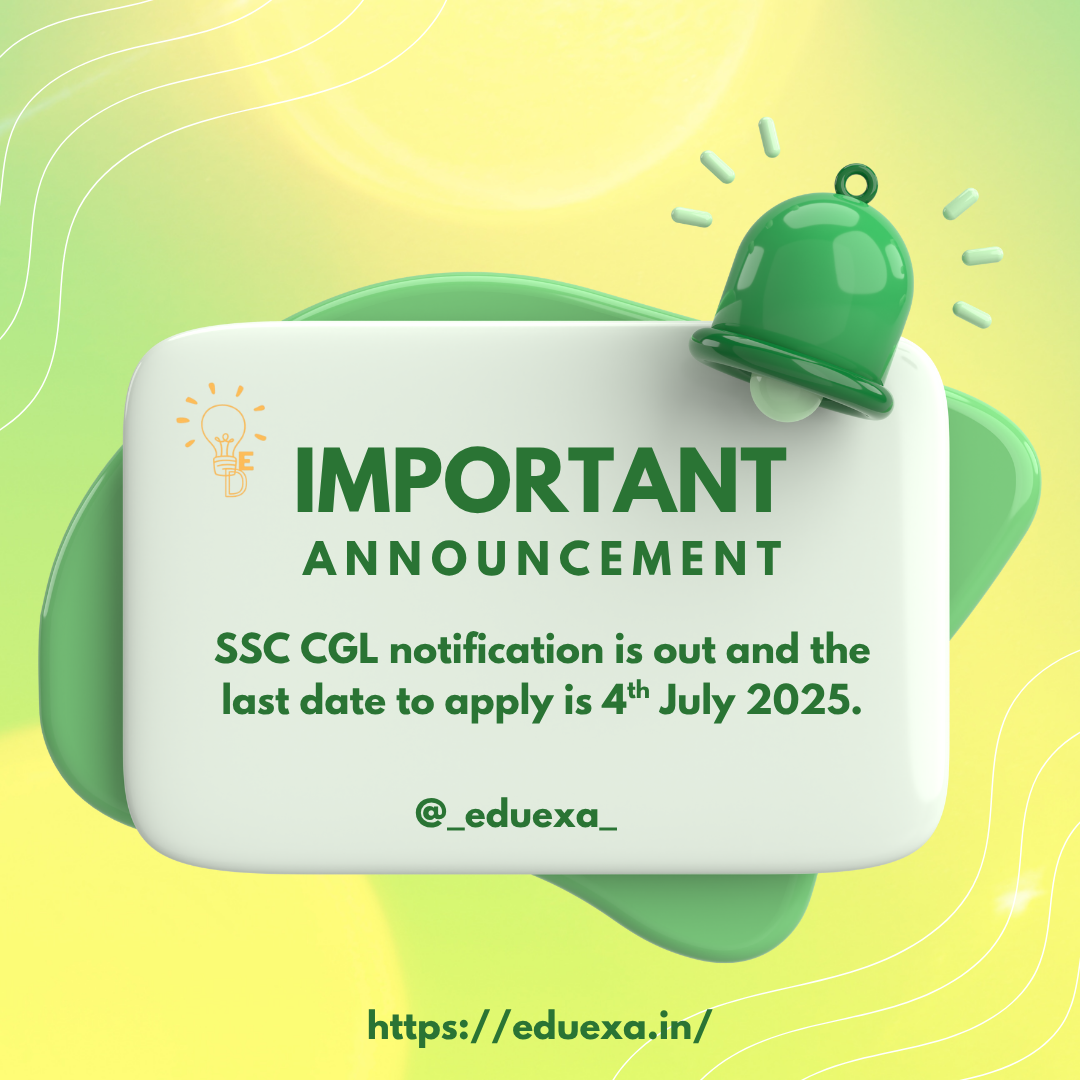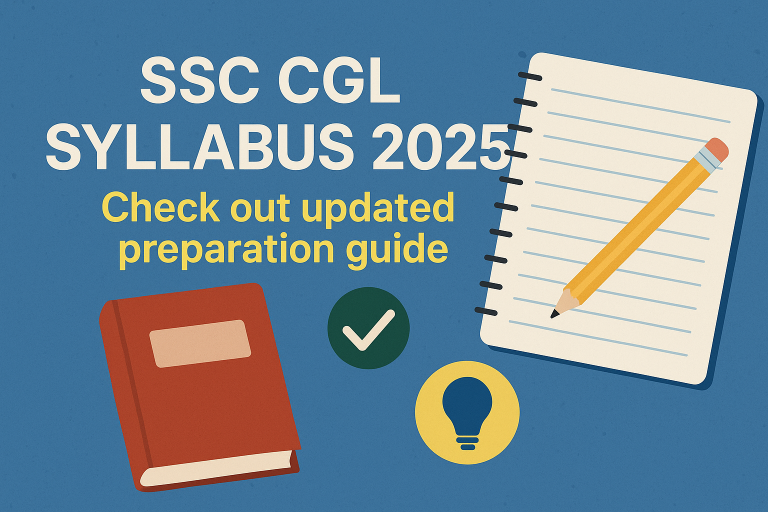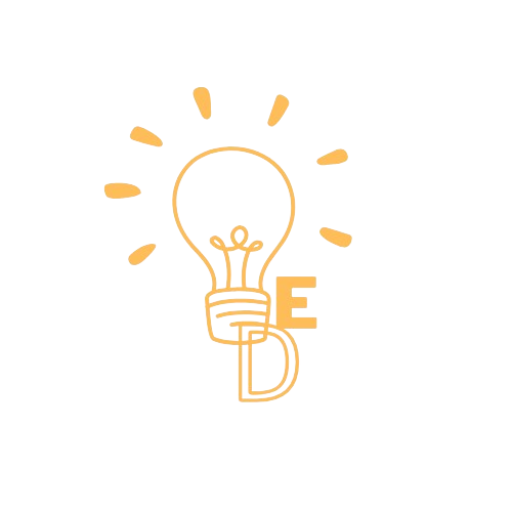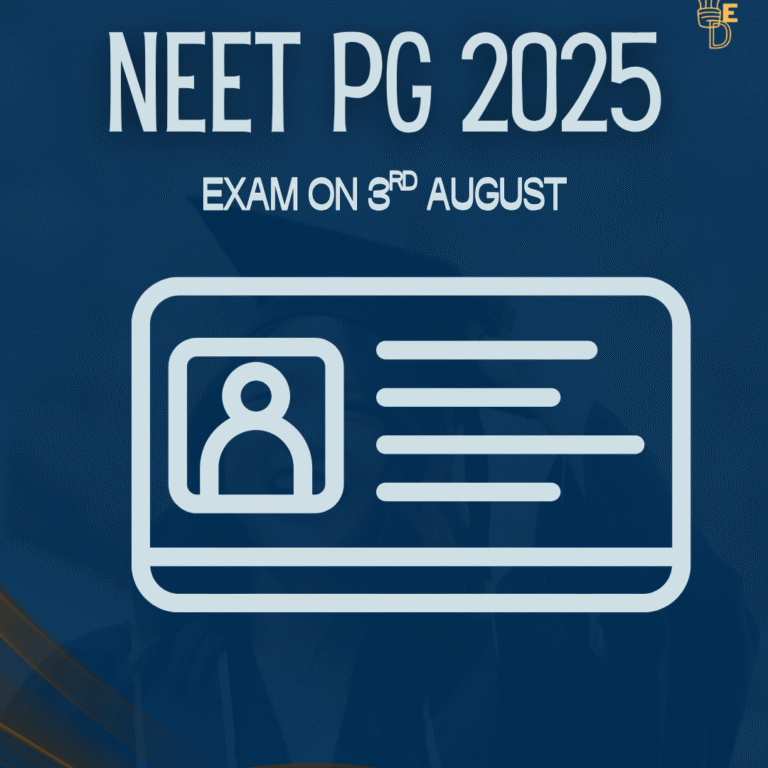Exam notification is out and now it’s high time that you gear up your preparation with the latest SSC CGL Syllabus 2025, key exam guidelines and detailed understanding of the exam pattern. Perfect exam preparation starts with understanding the updated exam syllabus and ends with consistent efforts to crack the exam.
SSC CGL 2025 Exam Pattern: A Detailed Breakdown
The SSC CGL exams is of 4 tiers each tier assess different skill sets, here is the detailed breakdown of SSC CGL 2025 Exam Pattern-
Tier 1: Computer-Based Examination (Objective Type)
This is the first screening stage in SSC CGL exam 2025 and is compulsory for all applicants. This stage is a computer based test conducted for a duration of 1 hr assessing the skills over different sections- General Intelligence & Reasoning, general awareness, quantitative aptitude and English comprehension.
| Section | No. of Questions | Maximum Marks | Time Allotted |
| General Intelligence & Reasoning | 25 | 50 | |
| General Awareness | 25 | 50 | |
| Quantitative Aptitude | 25 | 50 | |
| English Comprehension | 25 | 50 | |
| Total | 100 | 200 | 60 minutes |
Negative Marking: 0.50 marks deducted for each wrong answer.
Mode: Computer-based test (CBT).
Tier 2: Computer-Based Examination (Objective Type)
This stage is more comprehensive and post-specific, consisting of four papers.
| Paper | Subject | No. of Questions | Maximum Marks | Time Allotted |
| Paper 1 | Quantitative Abilities | 100 | 200 | 2 hours |
| Paper 2 | English Language and Comprehension | 200 | 200 | 2 hours |
| Paper 3 | Statistics (for JSO) | 100 | 200 | 2 hours |
| Paper 4 | General Studies (Finance & Economics) (AAO) | 100 | 200 | 2 hours |
Note:
- Paper 1 and Paper 2 are compulsory for all candidates.
- Paper 3 is only for candidates who applied for Junior Statistical Officer (JSO).
- Paper 4 is only for candidates who applied for Assistant Audit Officer/Assistant Accounts Officer (AAO).
Negative Marking:
- Paper 1, 3, 4: 0.50 marks for each wrong answer.
- Paper 2: 0.25 marks for each wrong answer.
Tier 3: Descriptive Paper (Pen & Paper Mode)
This stage tests your writing skills, which are crucial for many government posts.
| Paper | Details |
| Mode | Pen and paper (Offline) |
| Type | Descriptive (Essay, Letter, Application Writing) |
| Language | English or Hindi |
| Maximum Marks | 100 |
| Duration | 60 minutes |
Note: Tier 3 is qualifying in nature, but the marks are added to the final merit list.
Tier 4: Skill Test/Document Verification
This stage is post-specific and assesses practical skills required for certain positions:
Data Entry Speed Test (DEST):
- For Tax Assistant posts.
- Requires a typing speed of 8,000 key depressions per hour on the computer.
Computer Proficiency Test (CPT):
- For certain Assistant Section Officer posts (CSS, MEA, etc.).
- Includes proficiency in Word Processing, Spreadsheets, and PowerPoint.
Document Verification (DV):
- For all candidates who clear previous tiers.
- Involves checking educational certificates, age proof, and other documents.
“Read about the SSC CGL exam 2025 in detail- Click Here“
SSC CGL Syllabus 2025- TIER 1

Tier 1 exam consists of 4 sections each of 25 marks conducted for a duration of 1 hour. The sections include- Mathematics, logical reasoning, general knowledge and English. Let’s discuss about the detailed section wise syllabus for SSC CGL tier 1 exams:
Mathematics Syllabus
The Quantitative Aptitude syllabus for Tier 1 Exam mainly includes Number System, Arithmetic, Algebra, Geometry, Trigonometry, and Data Interpretation. Check sub topics below:
| Section | Topic |
| Number System & Arithmetic | Whole Numbers |
| Decimals | |
| Fractions | |
| Relationships Between Numbers | |
| Percentage | |
| Ratio & Proportion | |
| Square Roots | |
| Averages | |
| Interest (Simple and Compound) | |
| Profit and Loss | |
| Discount | |
| Partnership Business | |
| Mixture and Alligation | |
| Time and Distance | |
| Time and Work | |
| Algebra | Basic Algebraic Identities of School Algebra |
| Elementary Surds | |
| Graphs of Linear Equations | |
| Geometry | Triangle and Its Various Kinds of Centres |
| Congruence and Similarity of Triangles | |
| Circle and Its Chords, Tangents | |
| Angles Subtended by Chords of a Circle | |
| Common Tangents to Two or More Circles | |
| Triangle, Quadrilaterals, Regular Polygons | |
| Circle, Right Prism, Right Circular Cone | |
| Right Circular Cylinder, Sphere, Hemispheres | |
| Rectangular Parallelepiped | |
| Regular Right Pyramid with Triangular or Square Base | |
| Trigonometry | Trigonometric Ratios |
| Degree and Radian Measures | |
| Standard Identities | |
| Complementary Angles | |
| Heights and Distances | |
| Data Interpretation | Histogram |
| Frequency Polygon | |
| Bar Diagram | |
| Pie Chart |
“Finding it difficult to concentrate? Read about the techniques to find motivation to study.”
General Intelligence and Reasoning Syllabus
This subject tests general reasoning, application and intelligence of the students. The syllabus for this includes verbal and non verbal reasoning and the sub topics are as follows:
| Section | Topic |
| Analogy | Semantic Analogy |
| Symbolic/Number Analogy | |
| Figural Analogy | |
| Classification | Semantic Classification |
| Symbolic/Number Classification | |
| Figural Classification | |
| Series | Semantic Series |
| Number Series | |
| Figural Series | |
| Reasoning & Problem Solving | Problem Solving |
| Decision Making | |
| Judgment | |
| Analysis | |
| Syllogistic Reasoning | |
| Statement and Conclusion | |
| Drawing Inferences | |
| Coding-Decoding | Coding and Decoding |
| Small & Capital Letters/Numbers – Coding, Decoding and Classification | |
| Mathematical & Symbolic Operations | Arithmetical Reasoning |
| Numerical Operations | |
| Symbolic Operations | |
| Trends | |
| Visualization & Orientation | Space Visualization |
| Space Orientation | |
| Visual Memory | |
| Observation | |
| Discrimination | |
| Venn Diagrams | Venn Diagram based Questions |
| Classification of Centre Codes/Roll Numbers | |
| Folding & Patterns | Punched Hole/Pattern – Folding & Unfolding |
| Figural Pattern – Folding and Completion | |
| Embedded Figures | |
| Matching Concepts | Indexing |
| Address Matching | |
| Date & City Matching | |
| Word Building | |
| Other Concepts | Critical Thinking |
| Emotional Intelligence | |
| Social Intelligence | |
| Relationship Concepts |
English Language Syllabus
This test is conducted to test English language understanding and basic ability to comprehend and interpret the language. You do not have to be expert in English, basic fluency is needed to score well in this section.
| Topic | Definition |
| Reading Comprehension | Understanding and answering questions based on a given passage. |
| Synonyms-Antonyms | Identifying words with the same or opposite meanings. |
| Active Passive | Changing sentences from active to passive voice and vice versa. |
| Sentence Rearrangement | Arranging jumbled sentences to form a meaningful paragraph. |
| Idioms and Phrases | Understanding the meaning of common expressions. |
| One Word Substitution | Replacing a phrase with a single word. |
| Sentence Correction | Correcting grammatical errors in a sentence. |
| Error Spotting | Identifying mistakes in grammar, spelling, or usage. |
| Fill in the Blanks | Completing sentences by filling in the missing words. |
| Spellings Correction | Identifying and correcting wrongly spelled words. |
| Sentence Improvement | Improving sentence structure and grammar. |
| Cloze Test | Filling in blanks in a passage to complete the meaning. |
General Awareness Syllabus
General awareness paper tests the students’ understanding and knowledge about the surrounding, events and current news.
| Topic | Definition |
| Current Affairs | Latest events and happenings of national and international importance. |
| Important Days | Knowledge of significant national and international days and dates. |
| General Awareness of Environment Around and its Application to Society | Understanding of environmental issues and how they affect society. |
| Important Schemes | Key government schemes and programs for public welfare. |
| India and its neighboring countries especially pertaining to History, Culture, Geography, Economic Scene, General Policy & Scientific Research | Awareness of India’s and its neighbors’ historical, cultural, geographical, economic, political, and scientific aspects. |
| People in News | Notable personalities recently in the news for various reasons. |
| Portfolio | Current ministers and their respective ministries in the government. |
| Science | Basic scientific concepts and recent developments. |
| Books and Authors | Famous books and their authors. |
| Sports | Important sports events, players, and achievements. |
| Static GK | Fixed general knowledge facts, like capitals, currencies, national symbols, etc. |
SSC CGL Tier 2 Exam Pattern 2025
There are two papers in Tier 2 Exam: Paper 1 and Paper 2. Paper 1 is compulsory for all Posts whereas Paper 2 is only for Junior Statistical Officer post. Check details of both papers in the table below.

| SSC CGL Tier 2 Paper 1 Pattern | |
| Feature | Details |
| Exam Name | SSC CGL Tier 2 – Paper 1 |
| Total Sessions | 2 |
| Sections | 3 Sections (with modules) |
| Total Questions | 150 Questions + 1 Data Entry Task |
| Total Marks | 450 Mark |
| Total Duration | 2 hours 30 minutes |
| Mode of Exam | Online (Computer-Based Test) |
| Paper Type | Objective Type (MCQs) |
| Negative Marking | Yes (1 mark for each wrong answer) |
“Read about Updated UPSC Syllabus 2025“
| SSC CGL Tier 2 Paper 2 Pattern (For JSO Post Only) | |
| Feature | Details |
| Paper Name | SSC CGL Tier 2 – Paper 2 |
| Applicable For | Junior Statistical Officer (JSO) Posts Only |
| Subject | Statistics |
| Questions | 100 |
| Maximum Marks | 200 |
| Duration | 2 Hours |
| Mode of Exam | Online |
| Negative Marking | 0.50 |
SSC CGL Tier 2 Syllabus 2025
The SSC CGL Tier-II exam is conducted online with two papers:
Mathematical Abilities
| Part Name | Topic Name | Subtopics/Details |
| Paper 1: Section 1: Part A | Number Systems |
|
| Fundamental Arithmetical Operations |
| |
| Algebra |
| |
| Geometry |
| |
| Mensuration |
| |
| Trigonometry |
| |
| Statistics & Probability |
|
Reasoning and General Intelligence Syllabus
| Part Name | Topic Name | Sub Topics |
| Paper 1: Section 1: Part B | Reasoning (Verbal & Non-Verbal) | – Semantic Analogy – Symbolic/Number Analogy – Figural Analogy – Semantic/Number/Figural Classification – Semantic Series – Number Series – Figural Series – Problem Solving – Word Building – Coding-Decoding – Numerical Operations – Symbolic Operations – Trends – Space Orientation – Space Visualization – Venn Diagrams – Drawing Inferences – Punched Hole/Figure Folding & Unfolding – Figural Completion – Indexing – Address & Date Matching – Classification of Roll Numbers – Small/Capital Letter Coding & Classification – Embedded Figures – Critical Thinking – Emotional Intelligence – Social Intelligence |
English Language and Comprehension Syllabus
| Part Name | Topic Name | Subtopics |
| Paper 1: Section II: Part A | English Language | – Vocabulary – Grammar – Sentence Structure – Synonyms/Antonyms & Usage – Spot the Error – Fill in the Blanks – Homonyms – Spelling Errors – Idioms & Phrases – One Word Substitution – Sentence Improvement – Active/Passive Voice – Direct/Indirect Speech – Sentence Reordering – Cloze Test – Reading Comprehension (3+ Passages on literature & current affairs) |
General Awareness Syllabus
| Part Name | Topic Name | Subtopics |
| Paper 1: Section II: Part B | General Awareness | – India & Neighboring Countries – History – Culture – Geography – Economic Scene – General Policy – Scientific Research – Current Events – Daily Observations & Practical Knowledge |
Computer Knowledge and Proficiency Syllabus
| Part Name | Topic Name | Subtopics |
| Paper 1: Section 3 | Computer Basics | – Computer Organization – CPU, I/O Devices – Memory & Storage – Backup Devices – Ports – Windows Explorer – Keyboard Shortcuts |
| Software | – Windows OS Basics – Microsoft Word, Excel, PowerPoint | |
| Internet & Email Usage | – Web Browsing & Searching – File Downloading/Uploading – Email Account Management – e-Banking Basics | |
| Networking & Cyber Security | – Network Devices & Protocols – Information Security Threats (Viruses, Worms, Trojan, etc.) – Prevention Measures |
Paper 2 Statistics Syllabus (For JSO Post Only)
This paper is statistics and basic economics based and is conducted for JSO post only, those who have applied for Junior Statistical Officer position whose minimum qualification is having studied maths in 10+2 level.
| Subjects | Topics |
| Collection, Classification and Presentation of Statistical Data |
|
| Measures of Central Tendency |
|
| Measures of Dispersion- Common measures of Dispersion |
|
| Moments, Skewness and Kurtosis |
|
| Correlation and Regression |
|
| Probability Theory |
|
| Random Variable and Probability Distributions |
|
| Sampling Theory |
|
| Statistical Inference |
|
| Analysis of Variance | Analysis of one-way classified data and two-way classified data |
| Time Series Analysis |
|
| Index Numbers |
|
Conclusion
Knowing the syllabus is essential and the most crucial towards success when you are preparing for competitive exams or government exams. This detailed guide has addressed all the sections from exam brief, paper pattern, SSC CGL syllabus 2025 and last date to apply. Understand the core syllabus and thoroughly prepare for each section with sufficient mock tests. With consistency, patience and determination, you can clear this exam. All the best aspirants!
FAQs
- Will SSC conduct CGL exam for 2025?
Yes, the SSC (Staff Selection Commission) will conduct the CGL (Combined Graduate Level) exam in 2025.
- Is the exam notification for SSC CGL 2025 released?
Yes, The notification for the SSC exam 2025 has been released on the official website on 9th June 2025. The last date to apply for the exam is 4th July 2025.
- What is the last date to apply for the SSC Cgl exam?
Last date to apply for SSC CGL exams is 4th July 2025.
- Is the SSC CGL syllabus different from SSC CHSL?
Yes, while the core syllabus remains the same and is conducted in the similar format, the syllabus for both the exams differ slightly.
- When are SSC CGL exam 2025?
SSC CGL exam 2025 will be conducted from 13th to 30th August in 2025.



